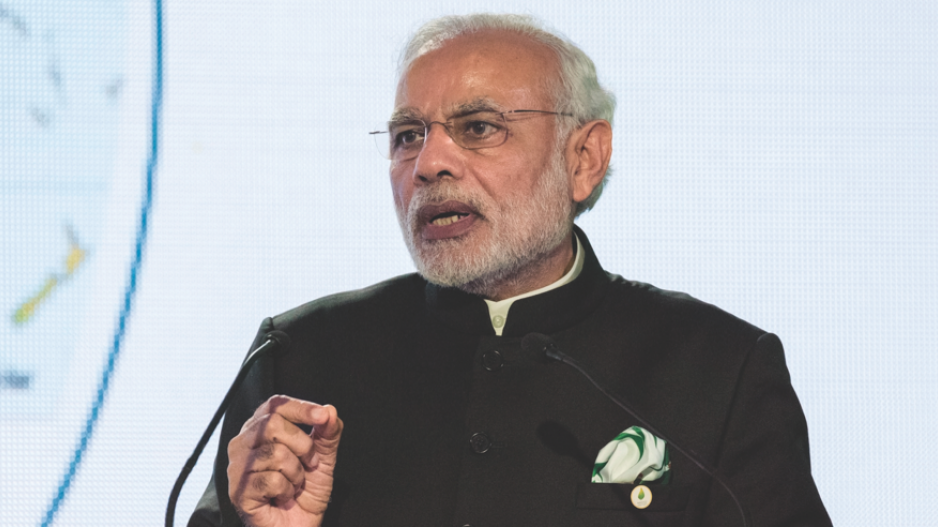Observers of the Canada-India trade relationship say Prime Minister Justin Trudeau’s recent visit to the subcontinent was a disappointment – not because of the embarrassing headlines that were generated, but by not having a deeper scope of discussions with the fastest-growing economy in the world.
The weeklong visit, which saw Trudeau generate controversies from inviting to a reception a man convicted of attempting to kill an Indian minister on Vancouver Island in the 1980s to taking part in a number of photo ops that drew the ire of observers worldwide, concluded on February 24. But the real damage may have been the missed opportunity to install Canada profoundly in a country of 1.3 billion people undergoing wholesale changes under Prime Minister Narendra Modi.
Part of the issue, some analysts say, may be a complacency driven by the fact that Canada has a huge population of Indo-Canadians – some 1.3 million – which Ottawa and others have often looked to as a key driver of trade relations. But while the Indian diaspora needs to play a key role, other efforts need to take place concurrently, one observer said.
“The diaspora is important for understanding the culture of how business is done in India, but there’s a limit on how much you can leverage that,” said Omar Allam, founder and CEO of Allam Advisory Group in Ottawa. “There are Indian-born or first-generation Indo-Canadians that may have close ties with Indian businesses or really understand the social system. That’s extremely important; where it gets messy is when you mix politics with economics.”
Allam said the danger is looking at Indo-Canadian communities as a homogeneous whole without paying attention to details of each community’s makeup and demographics. Without such considerations, officials looking to engage India (or other heterogeneous, multicultural markets) through the diaspora run the risk of stepping into complicated situations such as the Sikh Khalistan separatist movement.
“You have to look at the makeup of the business associations,” Allam said. “You need to know the market you want, because that’s extremely important for things like navigating the regulatory bureaucracy in sectors like the environment. You need to look at a comprehensive plan, rather than relying on the diaspora as the sole missing link.”
Shuvaloy Majumdar, Munk senior fellow at the Macdonald-Laurier Institute, said the controversy around the invitation of Jaspal Atwal overshadowed some of the positives, including an announcement of $1 billion in new investments that will happen between India and Canada as a result of this visit.
Majumdar said some of the $750 million that is slated to go from Canada to India may be associated with Canadian pension or private equity investment, which – when considering India’s growth – may pay major dividends for the Canadian economy if the right funds invest in the Indian market. He added that this may be a “golden age” in foreign investment in India, since the country’s traditional, non-aligned geopolitical thinking is starting to change under Modi.
“It’s analogous to China in the 1970s,” Majumdar said. “That’s the scale of change coming to India, and it exposes a huge opportunity we need to be a part of.… Much of the Indian bureaucracy had held free trade hostage, simply because of the prevailing ideology in India that they don’t need to engage with the world and align with others because they have all the resources that they need. Modi has been radically changing Indian alignment and engaging foreign capital to develop the Indian economy. Part of that involves a change of thinking in the Indian bureaucracy on trade, but I don’t think there’s a resistance at the political level.”
That fact makes Canada’s visit more painful, Majumdar added, pointing out that Australia is bringing half its cabinet to India to foster deeper partnerships. Japanese Prime Minister Shinzo Abe, meanwhile, has also deepened personal relationships with Modi to develop joint economic and geopolitical initiatives.
“This is what Canada ought to be doing as an equally engaged Pacific power,” Majumdar said. “Not taking our finance minister, agricultural minister or trade minister.… There are a lot of officials that we should have brought to India to say to them, ‘Yes, we are natural partners, let’s get to work.’ It’d be foolish for us not to be a part of it.”
He also echoed Allam’s concern about overemphasis on the diaspora, noting that Canada should also think about other foreign policy initiatives that would generate common interest between New Delhi and Ottawa.
“Indo-Canadians are involved in all aspects of Canadian life, and many can be bridges for Canada,” Majumdar said. “You have cultural compatibility, and they are obviously a vote-rich community which any majority government has to go through, so I see that as advantageous for government to elevate that community in a visit to India. But there’s much more to India-Canada than the diaspora; we have interests as Canadians that are tied to our security and prosperity in the long term, and that requires serious foreign-policy thinking that was missing in this trip.”
Allam said it is not too late for Ottawa to recover from the controversial visit and rebuild relations with India, but added that it would require strong followup to build on the positives of the trip. But Allam also noted that followup – the ability to convert good initial impressions into stable relationships – has not been Canada’s strength in India, and that may end up affecting the pace of growth in the India-Canada relationship.




